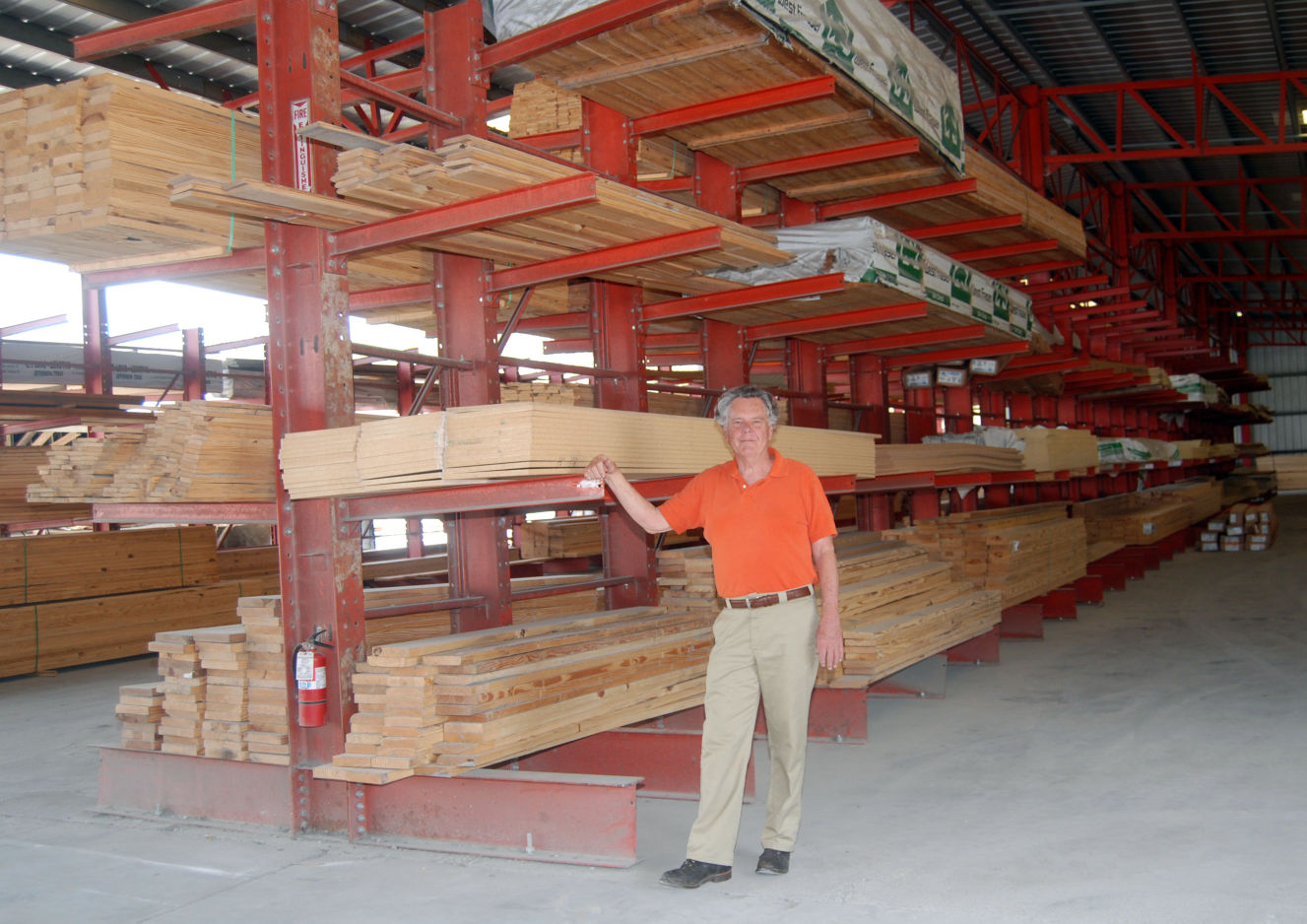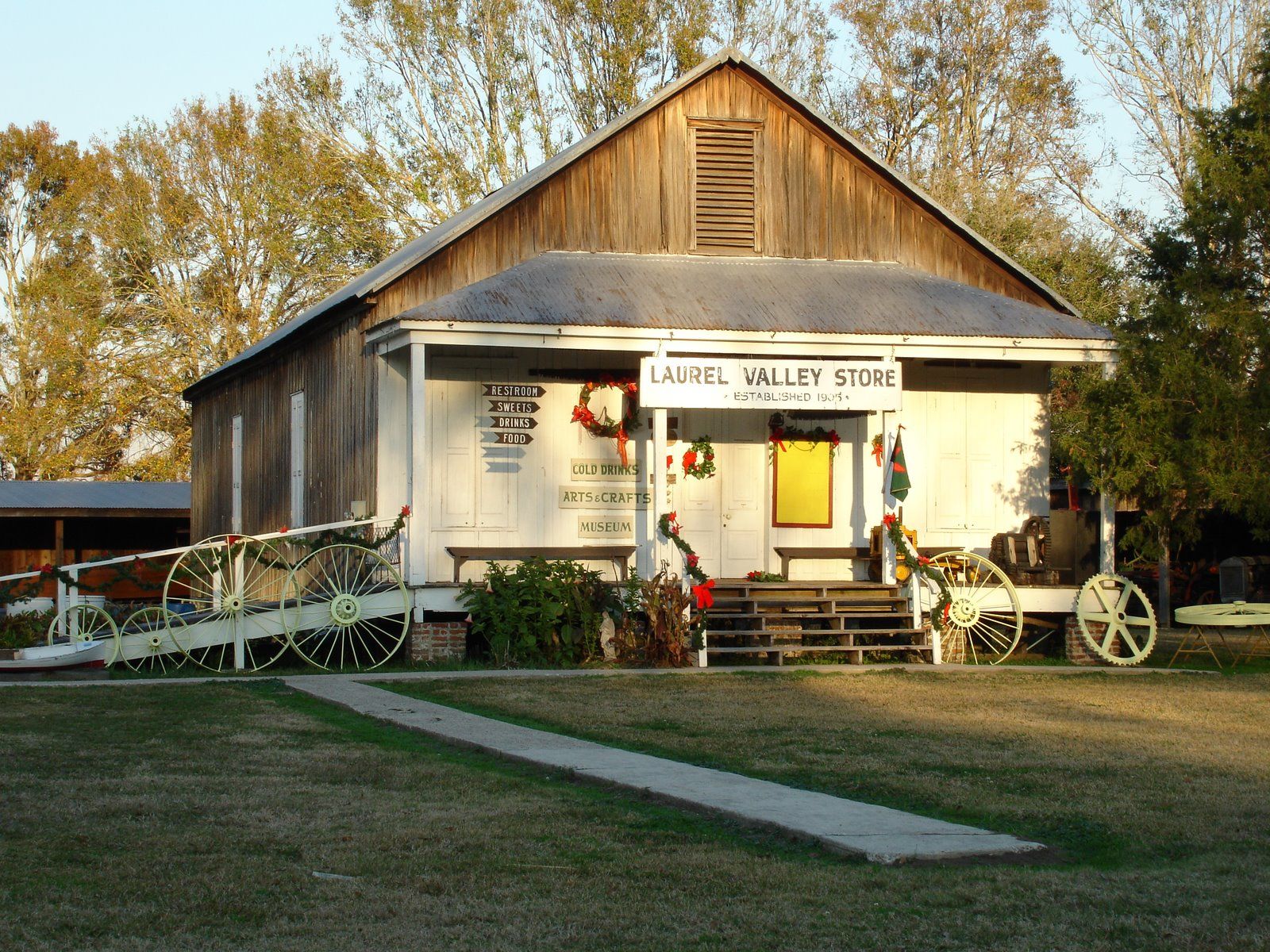
Frost Lumber’s love of craft lingers 100-plus years
February 24, 2015Roger’s Auto Parts a generational success
February 24, 2015Driving down Laurel Valley Road toward the sight of crumbling cabins and a defunct sugar mill, the remnants of Laurel Valley Plantation’s sugar producing past are evident on each side of the pavement with rows upon rows of sugarcane.
In their fragile condition, 56 or more wooden cabins with rusted tin roofs tell a story about the laborers who worked to make Laurel Valley the largest sugar producing plantation along Bayou Lafourche at one time.
And looking past the cabins, there is a house built in 1881 on the spot of the original plantation home after it was destroyed during the Civil War.
Paul Leslie, executive director of the Laurel Valley Store, said the Civil War not only destroyed the home, but it also devastated the Tucker family’s investment in sugar production – as well as everyone else’s investment along Bayou Lafourche.
“The problem with sugar production at that point in time was labor,” said Leslie, also an adjunct professor of history at Nicholls State University. “You had to have a stable supply of labor.”
The first settlement at Laurel Valley was about the year 1785 by an Acadian man named Etienne Boudreaux, he said.
Boudreaux consolidated 600 acres worth of land grants and started a small farm where he grew vegetables with his wife and children.
“He basically wanted to keep family and soul together,” Leslie said. “He was not into producing surplus agriculture. He was not infected with agricultural capitalism.”
The aftermath of the War of 1812 forever changed areas along Bayou Lafourche as former warriors with Andrew Jackson noticed the potential of the land on their way to New Orleans, he said.
Joseph Tucker, a native of Virginia, was one of those former warriors who took an interest in the South.
Tucker bought several acres of land behind the Boudreaux farm and brought 25 slaves with him to foster the capabilities of the land.
“They were young, they were hearty, they were healthy and he was going to use them to start his plantation, raise sugar and produce the crops he wanted,” Leslie said.
After Etienne Boudreaux’s death, Leslie said it is likely Tucker acquired Boudreaux’s 600 acres of land from his wife who could not manage it on her own.
By 1852, Tucker consolidated at least 5,300 acres of land and had 136 slaves working at Laurel Valley Plantation. He also built a sugar mill capable of producing one million pounds of sugar – making him the largest sugar-producing plantation along Bayou Lafourche for two years.
But a few miles up the road, Rienzi Plantation outpaced Laurel Valley with two sugar mills.
And as all good things come to an end, the Tucker family lost the plantation in 1873, Leslie said.
Burch Wormald acquired the plantation a short time afterward and worked to stabilize the labor supply and maximize sugar production.
“He was fairly successful but there was a lot of depression in the 1880s and 90s, which crucified these farmers because they lived on credit,” said the Nicholls professor. “As a consequence, he lost the plantation in 1892.”
Since that time, the same family has owned Laurel Valley for 122 years.
“The family who owns the plantation now are decedents of one of two individuals who acquired it in 1892,” Leslie said.
The period between 1903 and 1920 was seen as the “golden era” of the plantation with as many as 400 people living and working on the property.
“They were producing three million pounds of sugar and had a railroad that travelled about 15 miles. They would pick up sugar all the way from here to St. Charles Parish eight miles down the bayou,” Leslie said. “It was pretty energetic activity during those days.”
Leslie said the arrival of the mosaic disease in 1916 attacked strands of sugarcane, and produced the life of the sugarcane farmer known to society today.
“There are very few mills and all the planters do is just grow cane and transport it to a mill where they produce sugar,” he said. “It became too expensive to raise cane, produce sugar and maintain their own mill.”
Present day, Laurel Valley still has 1,400 acres of working plantation fields.
Travelling along La. Highway 308, it is easy to spot the Laurel Valley Store, which is home to vintage farm equipment and the history of sugar culture. Two trains parked along the road draws the attention of visitors on a daily basis.
Danny Foret, an avid volunteer at the plantation and museum, said Laurel Valley is a habit-forming place.
“You get addicted to this place,” he said.
Foret spends most of his time cutting grass, doing chores around the Laurel Valley store, and pausing often to chat with visitors who stop by asking whether there is a real planation for them to tour.
“Lately we’ve been getting quite a few visitors from out of town, probably just trying to run away from the snow,” Foret said.
Foret, along with Leslie, manages interns from Nicholls State University who help with the small farm, similar to the farm of Etienne Boudreaux, near the museum and store.
For any local or visitor passing by on Highway 308, Laurel Valley offers a historical background to all realms of southern history and what there is to know about Bayou Lafourche.
“My approach to Laurel Valley is it is a blackboard of local history,” Leslie said.
The Laurel Valley Plantation Store and Museum along Highway 308 in Thibodaux is open to showcase the history of sugar culture.













